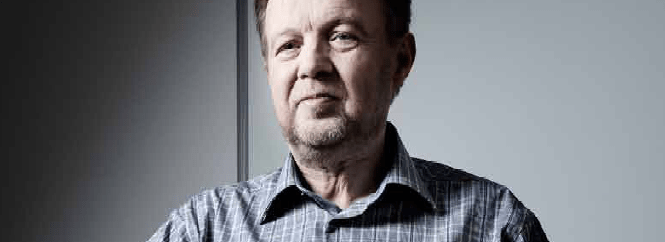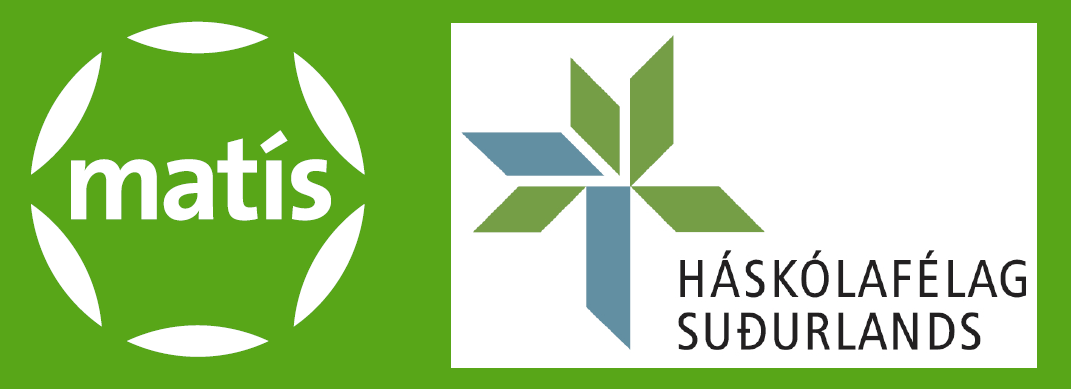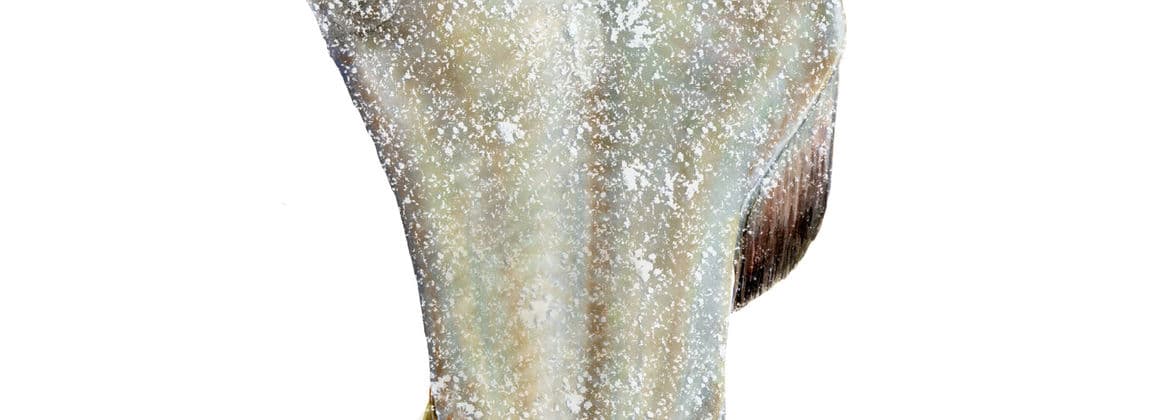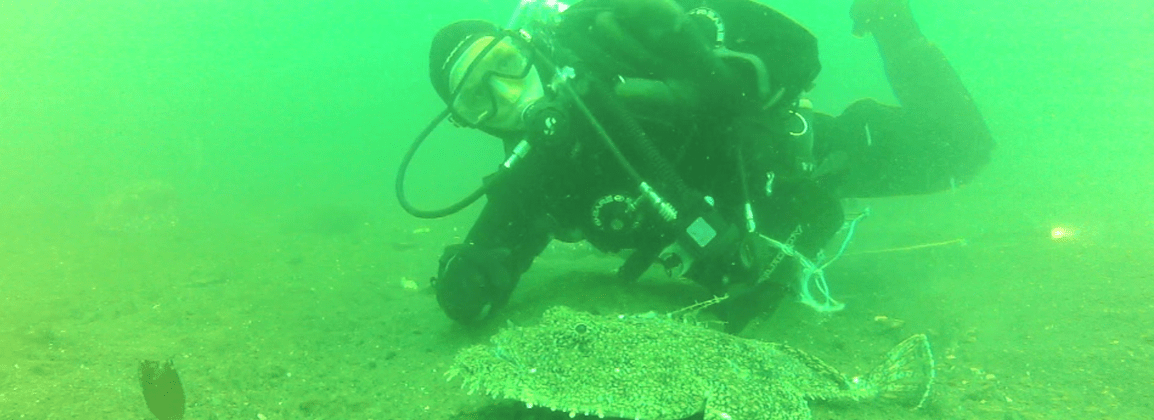New Nordic food, or New Nordic cuisine as it is often called, is constantly launching new collaborative projects and entering a new arena with the aim of combining experience in the culinary and creative industries.
On the 4th-6th nk november nk. The policy will be set in Reykjavík, where the international conference "You Are In Control" (YAIC) will discuss the project "Meeting of designers and farmers", which is one of many items on the conference agenda that include food and creative cooking.
The YAIC is an annual conference that explores developments in the creative industries of music, arts, design, media, games, literature, artistic expression and film. This is the first time that the conference will be held with a touch of cuisine.
The Designers 'and Farmers' Meeting is a collaborative project between product designers from the Iceland Academy of the Arts and farmers who have jointly developed unique foods based on traditional Icelandic products. In addition to this collaboration, Matís assisted designers and farmers with the technical aspects of food development and production that followed.
During the first three years of the partnership, the group developed four completely new foods. These products are from four farmers from different parts of the country and have been developed and assembled by designers and are now all presented at the buffet at the conference. YAIC and the Designers 'and Farmers' Meeting, together with a creative initiative from Harpa's chefs, give participants the opportunity to enjoy a unique dining experience.
A meeting of designers and farmers will be presented at the conference, on Monday 5 November at 12:00. Following this, the relatives of New Nordic Food and the project will show their work. Minister of Culture Katrín Jakobsdóttir will attend the conference, along with other public guests.
The buffet will include rye bread roll cake, which is a new interpretation of roll cake, but will also offer rhubarb caramel and skyr confectionery. This will be served with Icelandic berries and fruit drinks as well as the house salad, which is grown in Harpan's garden. Bjarni Gunnar Kristjánsson, Harpa's head chef, says that the idea came from his own garden, where he grows his own herbs and salad for the summer. "We wanted to experiment with guests and give them the opportunity to choose their own salad."
"This will definitely be the first step towards future collaboration with new international and creative people. I think we have made the right decision, the unique country Iceland for a new creative Nordic food experience ", says Elisabet Skylare, project manager at Food and Creative Industries and New Nordic Food.
"It is new and exciting to see food as a value along with a number of other creative disciplines such as music, media, art, literature, films, artistic expression, design and games. We feel that this initiative has shown new ways of working together. The food tradition enhances the guest experience, but there are also stakeholders from different backgrounds in the creative industry ", says Anna Hildur, Nomex, Nordic Music Export and chairman of YAIC.
Further information:
You Are In Control
www.youareincontrol.is
Designers 'and farmers' dates
www.designersandfarmers.com
This event is possible due to a collaboration between YAIC, Designers 'and Farmers' Meeting, Harpa, Music and Conference Center, Creative Arts Center, Íslandsstofa and New Nordic Food (www.nynordiskmad.org).
Contacts:
New Nordic Food, Elisabet Skylare, (+45) 2620 7579
You Are In Control, Anna Hildur Hildibrandsdóttir, 854 5763







